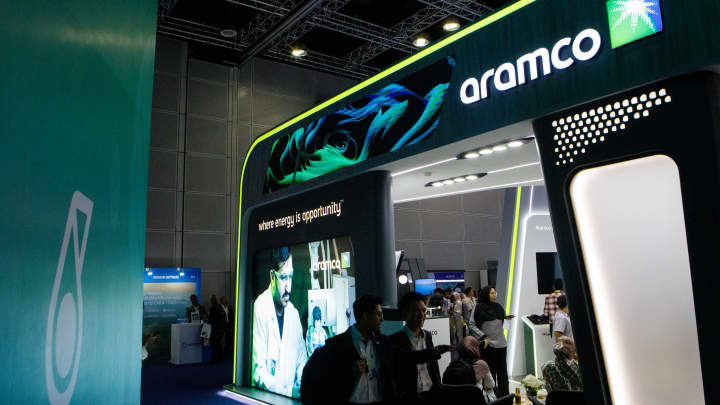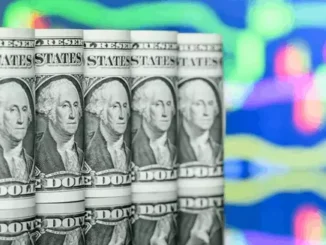
- Aramco’s CEO Amin Nasser believes that the oil market fundamentals remain generally “sound” for the rest of the year.
- “Although China is facing some economic headwinds, the transport and petrochemical sectors are still showing signs of demand growth,” the CEO added.
KUALA LUMPUR, Malaysia — Saudi Arabia’s state-owned oil giant Aramco is bullish on oil markets for the rest of 2023 as demand from major importers China and India is expected to be strong despite an expected global downturn.
“We believe that oil market fundamentals remain generally sound for the rest of the year,” CEO Amin Nasser said at the Energy Asia conference in the Malaysian capital, Kuala Lumpur.
His optimism comes even as the world’s largest oil importer China is showing signs of stalling growth, prompting several cuts in the country’s key lending rates.
“Despite the recession risks in several OECD countries, the economies of developing countries, especially China and India, are driving oil demand growth of more than 2 million barrels per day this year,” said Nasser.
Once the broader global economy starts to recover, the industry’s supply demand balances will likely tighten, he projected.
“Although China is facing some economic headwinds, the transport and petrochemical sectors are still showing signs of demand growth,” the CEO added.
It echoes the International Energy Agency’s prediction that global oil demand is on track to rise by 2.4 million barrels per day in 2023, outpacing the previous year’s 2.3 million barrel per day increase. The agency noted in their June report that China accounts for 60% of the gains.
“Indian demand is equally robust with the latest readings for May showing both gasoline and diesel breaking records,” the agency said in their June report. Conversely, the demand from OECD countries “remains lackluster” amid an ongoing manufacturing slump and generally subdued economic growth.
Energy transition picture ‘hardly rosy’
The Aramco chief also noted an under-emphasis on issues of energy security and affordability.
Asia needs an increasing amount of energy given its status as a rising economic powerhouse and rate of population growth, but that path to prosperity is “increasingly threatened by current transition policies,” he said.
“Even at the tip of the transition sphere, the picture is hardly rosy,” Nasser said.
In spite of contribution from renewable energy and electric vehicles over the past decade, Nasser said it’s not sufficient to meet the growth in global energy consumption.
The price of green hydrogen is still in the range of $400 per barrel, he pointed out, comparing it to oil prices which cost about $75 per barrel.

“Demand for conventional energy like oil and gas has continued to increase, while coal remains the world’s largest source of electricity,” he said.
He pointed out that current transition policies have already caused a decade of underinvestment in oil and gas, a situation that will lead to “energy chaos,” according to OPEC’s secretary general who spoke earlier during the conference.
Global benchmark Brent was up 0.46% at $74.52 a barrel Tuesday Asia morning, while the U.S. West Texas Intermediate futures stood 0.55% higher at $69.75 per barrel.
New energy must be ready before reducing reliance on the old, Nasser said.
“If you put all your transition eggs in the New Energy basket, you are scrambling when that basket cannot carry the load.”



